How Much Should Stair Treads Overhang the Riser?
You might already have a day when lady luck’s not on your side, and you tripped on your staircase, probably causing more problems, like spilling a glass of water you’re carrying. Don’t easily blame the ... Read more The post How Much Should Stair Treads Overhang the Riser? appeared first on Arthitectural.
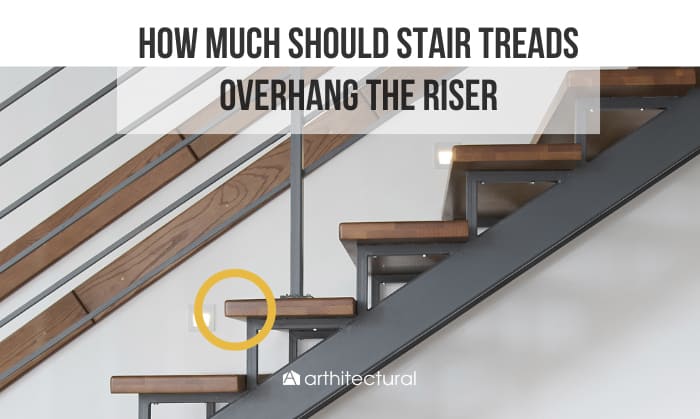

You might already have a day when lady luck’s not on your side, and you tripped on your staircase, probably causing more problems, like spilling a glass of water you’re carrying.
Don’t easily blame the incident on you or your unluckiness. It could just be your stair tread overhang.
To prevent further accidents, make sure to know how much should stair treads overhang the riser.
Stair tread codes dictate that the minimum measurement for nose overhangs is ¾ inch and the maximum is 1 ¼ inches. This should be sufficient to give you extra space to step on.

Overall About Stair Tread Overhang
Basically, the tread overhang is the section of the stair tread that protrudes over the riser. If you have tripped on a stair while going up, this could be the area that caught your feet.
A stair tread overhang is also called stair nosing or stair nose overhang. Here are the several types of stair nosing:
1. Stairs without nosing or overhang
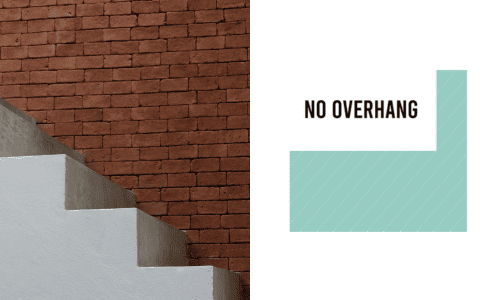
This provides a sleek finish on the stairs, since there is no section that protrudes over the steps. For a staircase to have no overhang, it needs to have a tread depth of 11 inches or more.
2. Half-Round Stair Nosing
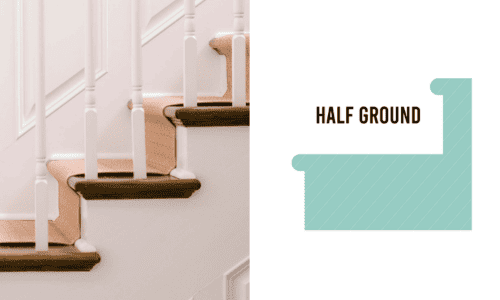
Also known as the “bull nose,” this nosing looks like an arc with a smooth and rounded design on the edges.
3. Full-Round Stair Nosing
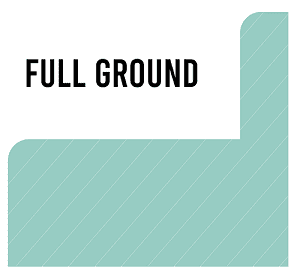
Unlike the previous type, this nosing has a fully curved edge on its sides and top. The downside is it’s more slippery than other nosing styles.
Due to their visual appeal, full-round overhangs are primarily an option for grand staircases.
4. Square Edge Stair Nosing
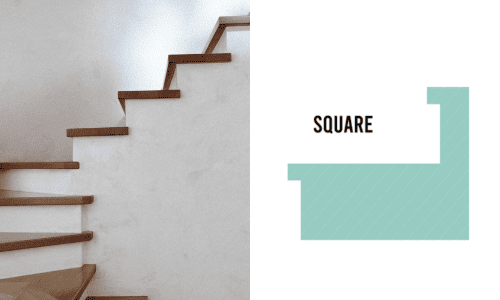
The name of this nosing suggests a square shape, but it comes with a slightly rounded edge to prevent dents or scratches.
This look is attractive and gives a simple modern appearance to the stairs.
The role of a stair tread overhang on sides is to make walking safer and provide space for homeowners to set their feet. Aside from the types mentioned above, you will also come across pencil nosings with no sharp edges.
These types of nosing are not only available to stairs inside your home but also to deck stair, mainly to prevent you from falling straight down your concrete walk path.
The Importance of Stair Overhang
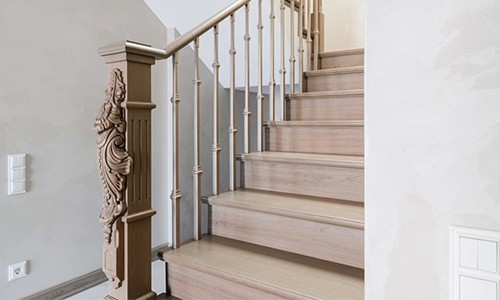
You might have thought, why not just remove the stair tread overhang to make construction easier?
Well, here are the advantages of the overhangs if you follow the correct stairs dimensions code:
- Provide extra space for safety purposes
The stair overhang provides a finished corner for each step that helps prevent tripping and slipping by allowing you to see the treads more clearly.
Moreover, you can also install a non-slip stair nose overhang, such as a rubber stair nosing to prevent slipping.
- Improve visual appeal and stair durability
Different types of stair overhangs are used to vibe with the interior design. For example, palaces and high-ranking hotels usually use a full-round nosing to emphasize the look of the staircase.
With the nosing in place, treads will also stay pristine for longer because the overhang will shoulder most of the scratches and friction.
How Much Should Stair Treads Overhang the Riser?
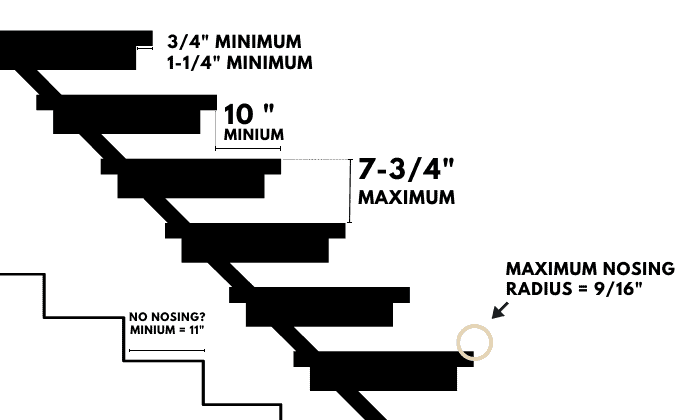
Here are the staircase code requirements that are published for safer and more useful stairs:
- Stair nosing requirements
The stair tread maximum overhang is 1 ¼ inches, while the minimum is ¾ inches. The curve at the edge of the tread or the nosing radius should be no bigger than 9/16 inches.
Meanwhile, the stair tread side overhang code dictates that the overhang on the sides should match the measurement of the stair’s nosing.
However, side overhangs are optional, since these are more likely for visual appeal only.
- Staircase Requirements
The standard stair rise and run are also important to consider whether you have nosing or not.
According to the International Building Code (IBC), the minimum stair tread depth should be 11 inches. But if you follow the International Residential Code (IRC) instead, 11 inches of run or tread depth are only necessary if there’s no nosing, while 10 inches will suffice for stairs with overhangs.
At the same time, the maximum rise of stairs set by the IBC is 7 inches, while the IRC is fine with up to 7.75 inches.
- Stair tread nosing for carpet
If you want to put a carpet on your stairs, the code recommends that the pile thickness measures the same as your stair overhang, or ¾ inch to 1 ¼ inches.
Meanwhile, it’s also important to remember that the exterior stair tread overhang has the same requirements as the interior treads. All treads on a stair should be roughly the same size, with no more than ¾ inch of difference in measurement.
Tips to Attach Stair Treads
If you have now considered renovation and installation according to the correct measurement of the overhang you need, here are some steps that might help you:
Step 1: Measure the stair parts.
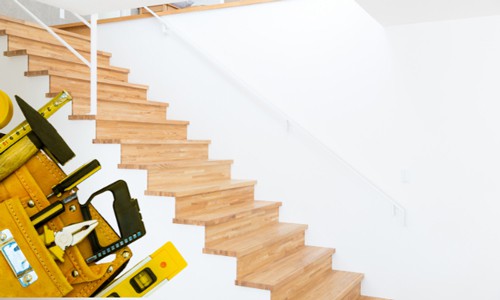
Before heading to the market, you should measure your stairs first. List all the needed materials and their measurements.
While doing so, consider the stairs code requirements tackled in this article. They will help you build a safer staircase.
Step 2: Prepare the treads.
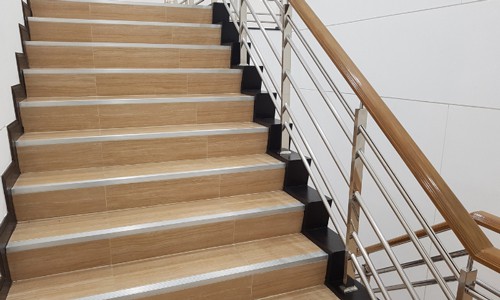
Ensure the treads are clean, dry, and free from debris. Measure, mark, and cut the length of your stairs following your chosen stair-nosing type. Using a miter saw is recommended for a more straightforward job.
At this point, you have two options for staining the tread. The first is to stain it before installation, and the other is to stain it after installation.
Staining it before installation will ensure less mess on the stairs themselves. However, staining it after installation will allow easier sealing of the nail marks on the stairs.
Step 3: Prepare your staircase.
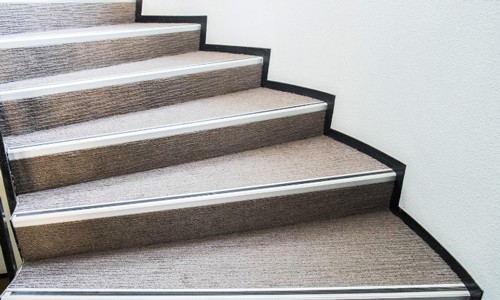
If your old staircase has a carpet, take time to rip it out. Make sure that you pull away every part of the carpet. If not, you may use a chisel to scrape the part of the fabric that sticks to your stair sub-structure.
Meanwhile, if you do not have a carpet installed, just ensure that you thoroughly check the stairs and that they are free of dust.
This will ensure that there will be no lumps once you install the treads.
Step 4: Install your Stair Treads.
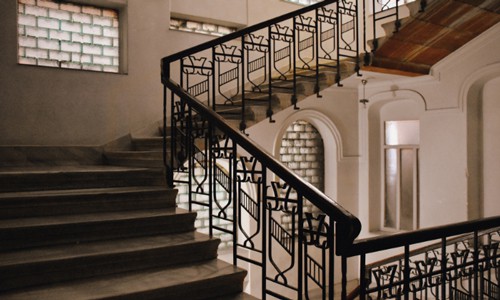
Starting from the bottom, begin installing the risers first before the treads. Make sure to put polyurethane glue on each tread and the singer to ensure a strong bond between them.
To secure this together and have flat and even treads, get a rubber mallet and hit the treads with enough force.
Nail the tread to the stinger. We do not recommend using an ordinary hammer and nail as this can result in the cracking of the treads. You may use an airgun instead.
Wait for the glue to dry and finish your treads with a good wipe of a damp cloth to remove dirt and dust from the installation.
Frequently Asked Questions
How much does stair remodeling or renovations cost?
The average stair remodeling cost is around $1,000 to $2,500, while renovation can set you back $4,000 and above.
The cost still depends on how big your stair is, how many steps are on it, and what material you intend to use.
What is the stair rise and run?
Rise and run for stairs are used to describe the upward and horizontal parts of each step.
The term “rise” refers to the vertical distance of one tread to the succeeding tread, and “run” refers to the horizontal distance of the previous riser to the succeeding rise.
Conclusion
It is better to know every part of your house, especially the places we usually consider somewhat accident-prone.
One of these areas is the stairs, where not only can you trip and sprain an ankle, but also experience a more severe injury, especially when you tumble or fall.
Make sure to be aware of house codes, particularly stair tread codes, as a preventive measure for accidents.
Learn how much should stair treads overhang the riser, and never blame your accident again on what you consider an unlucky day!
The post How Much Should Stair Treads Overhang the Riser? appeared first on Arthitectural.
